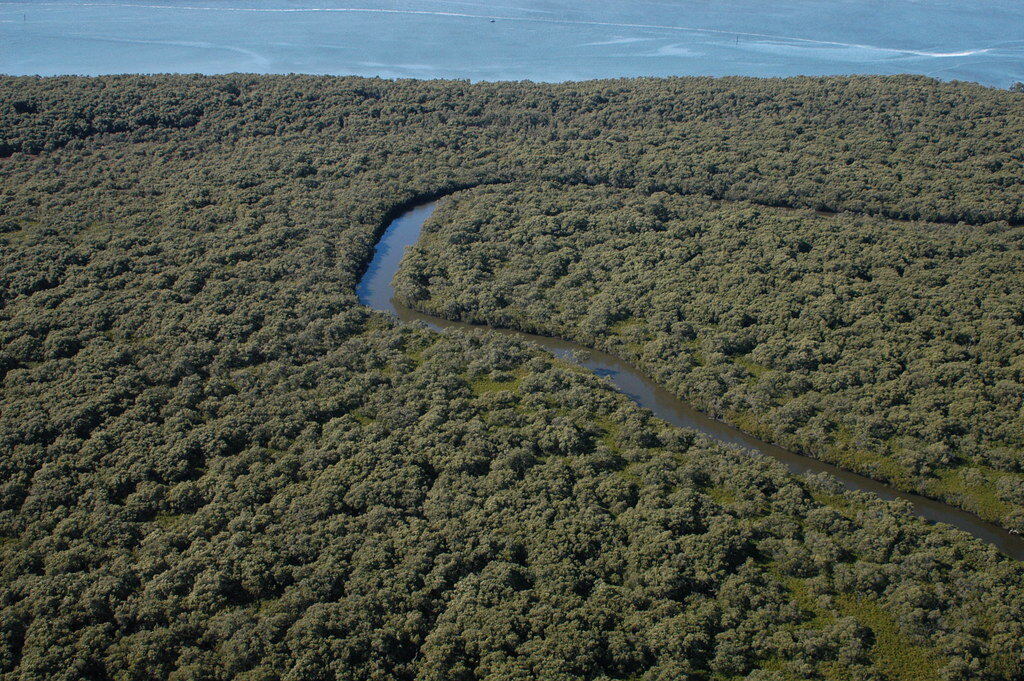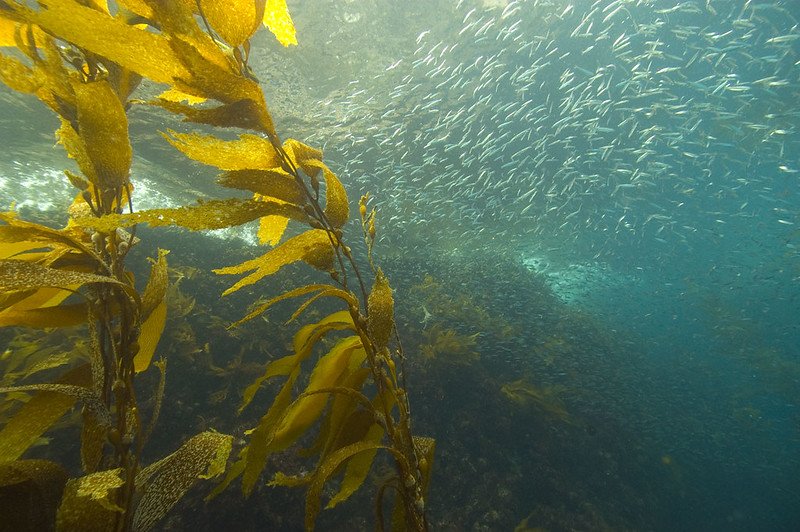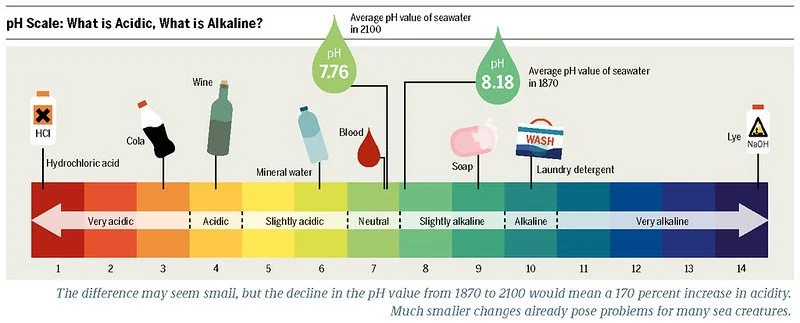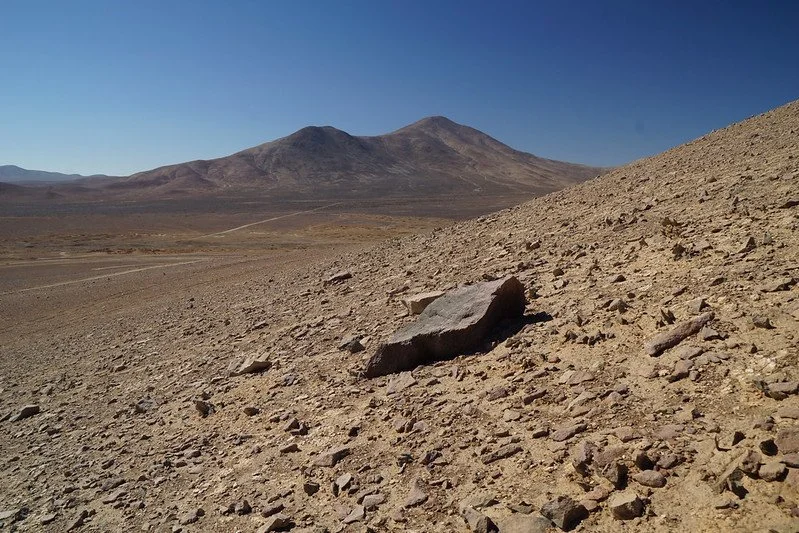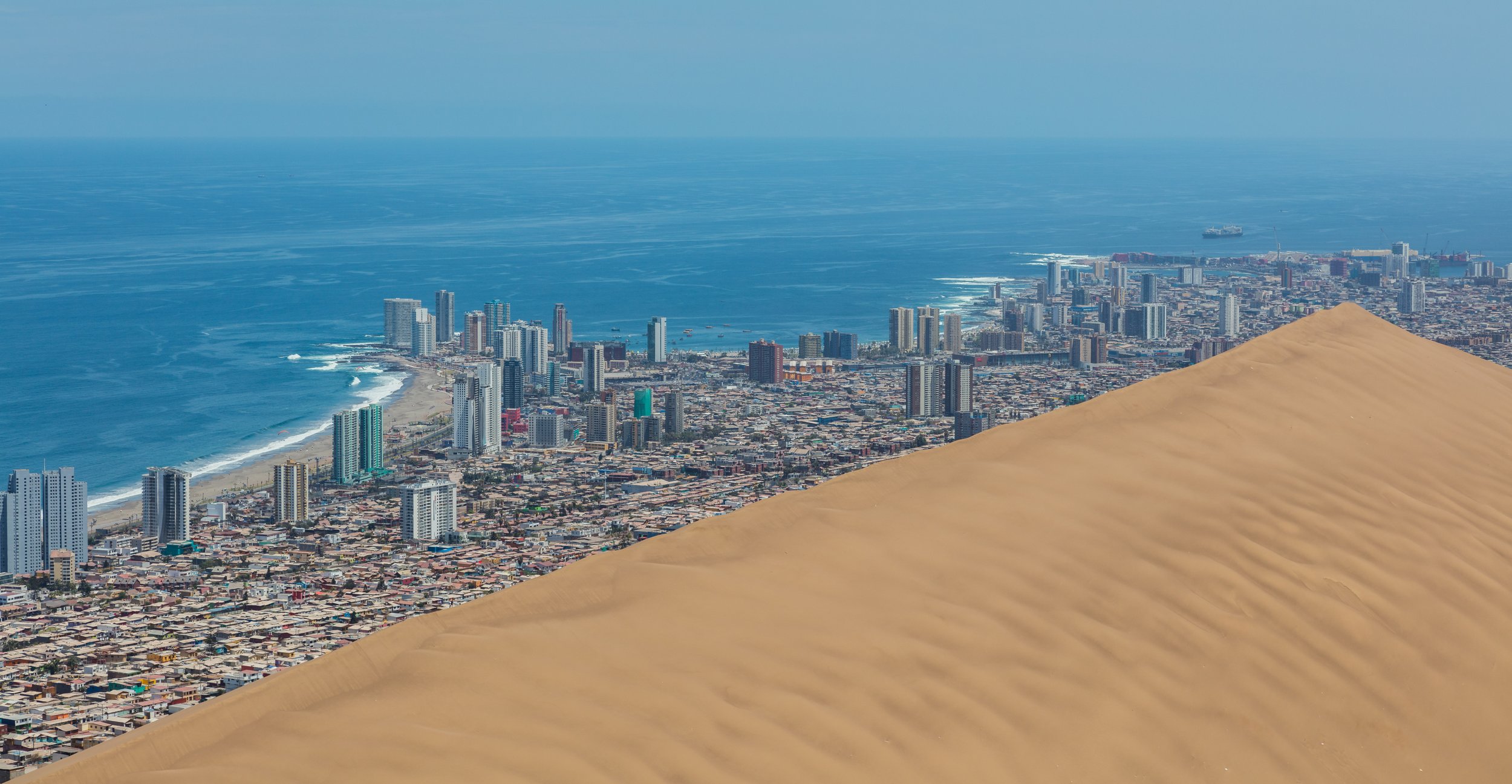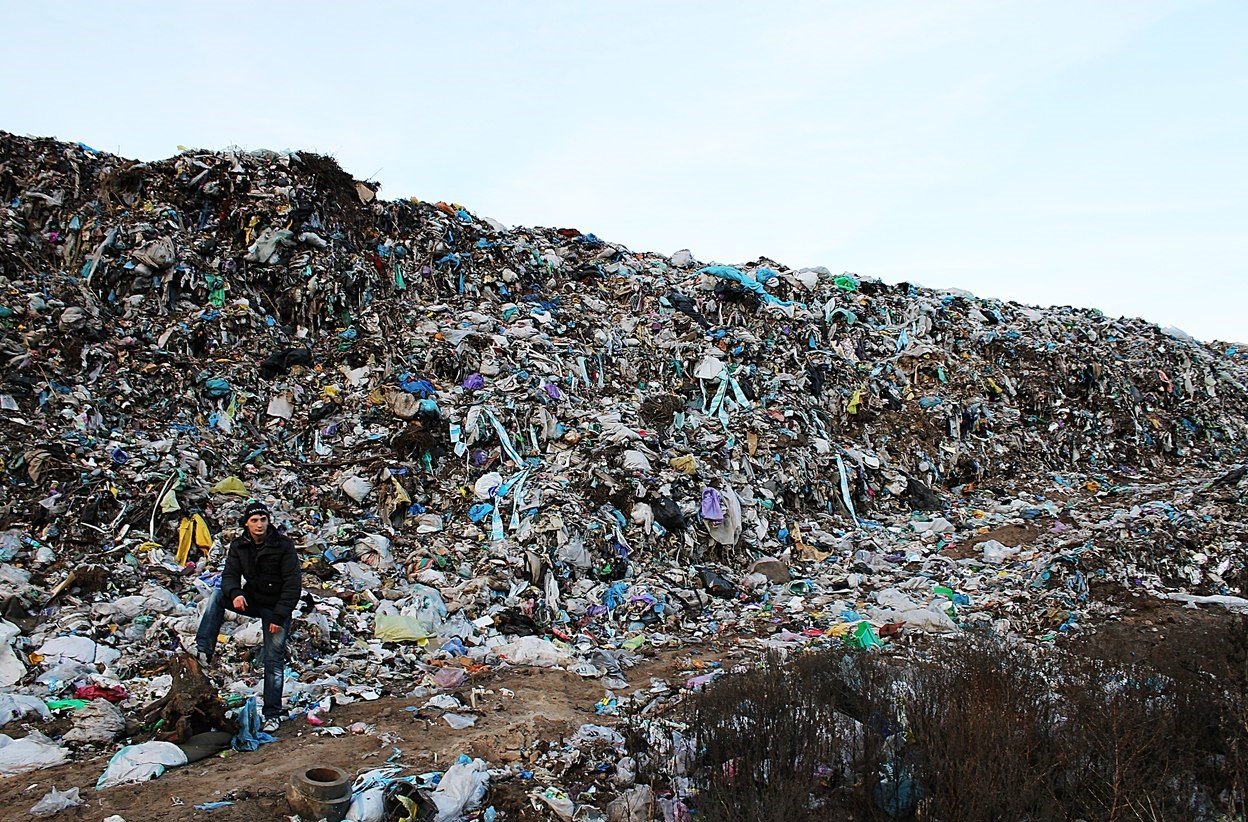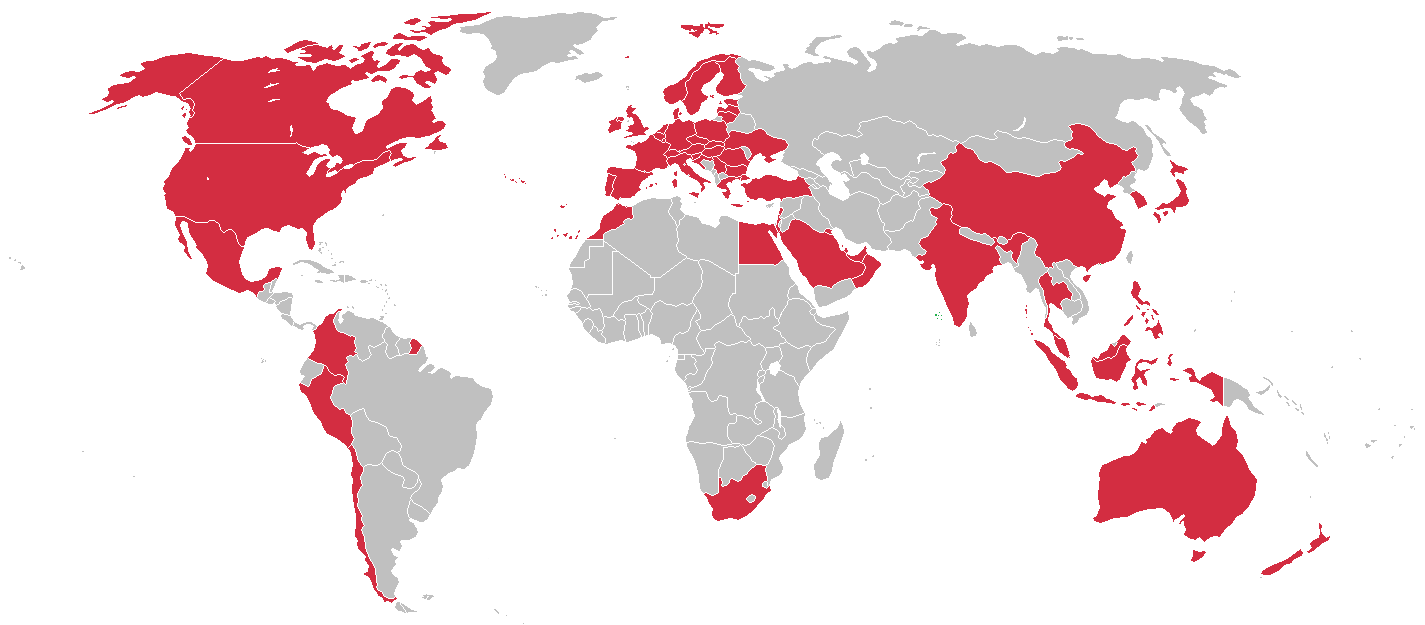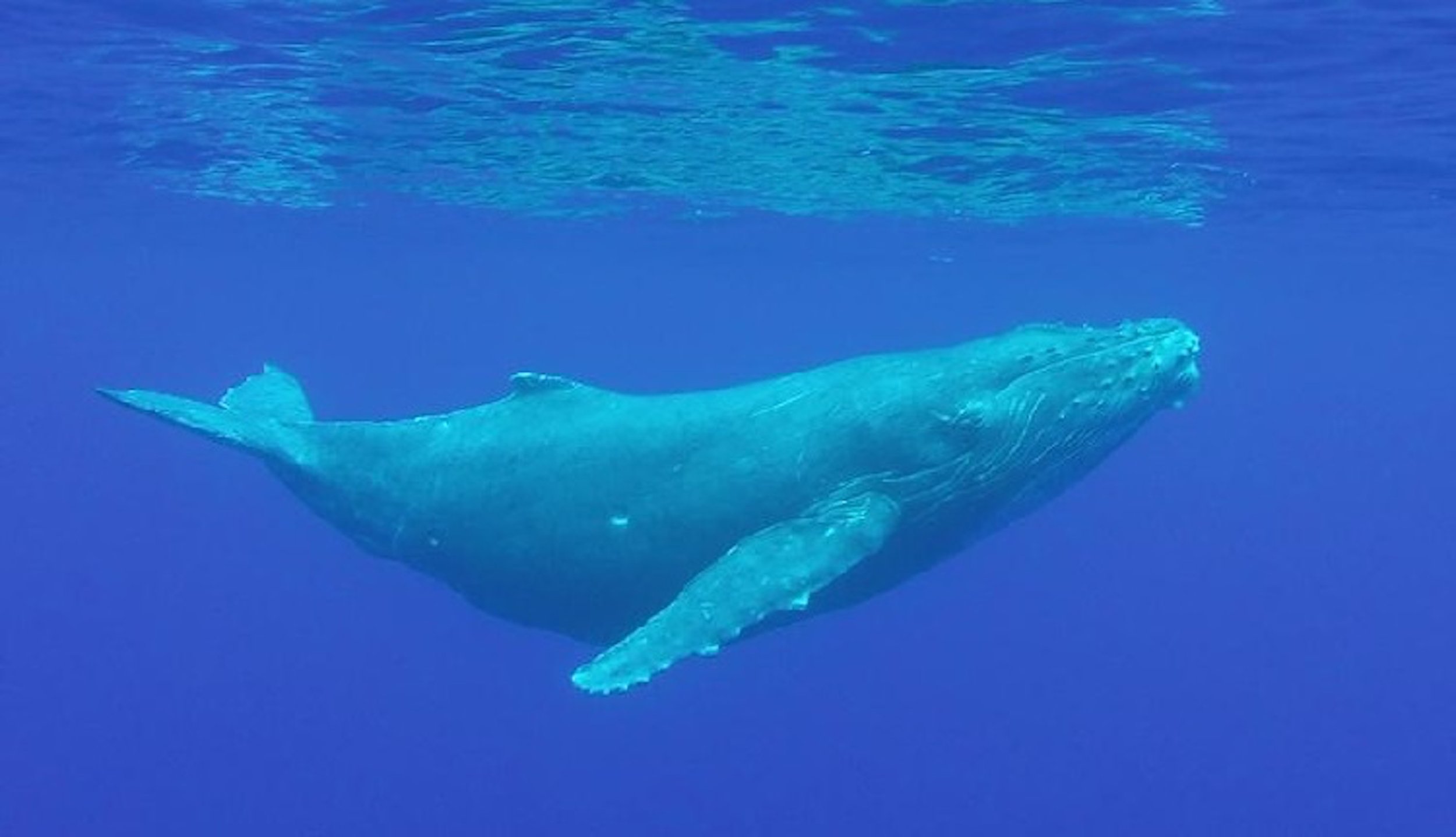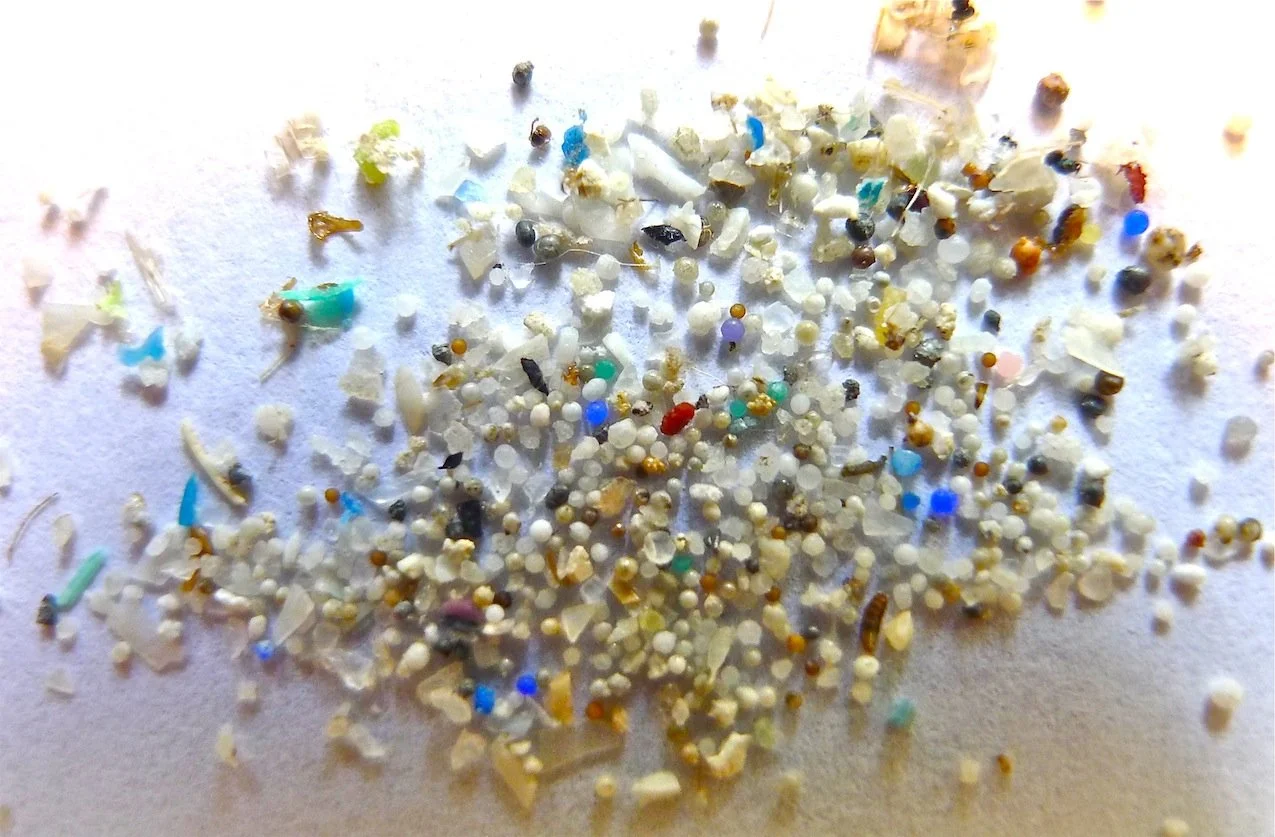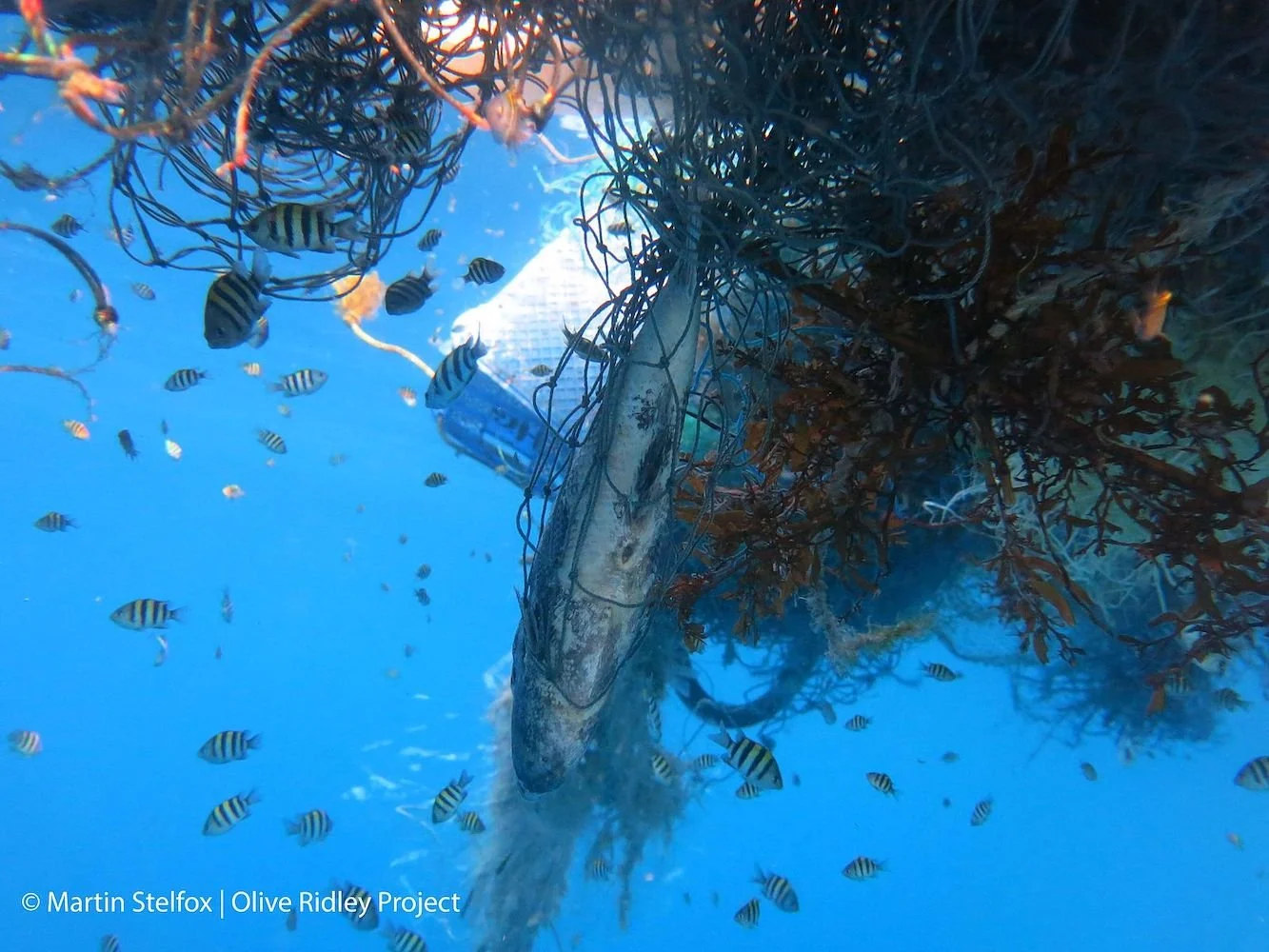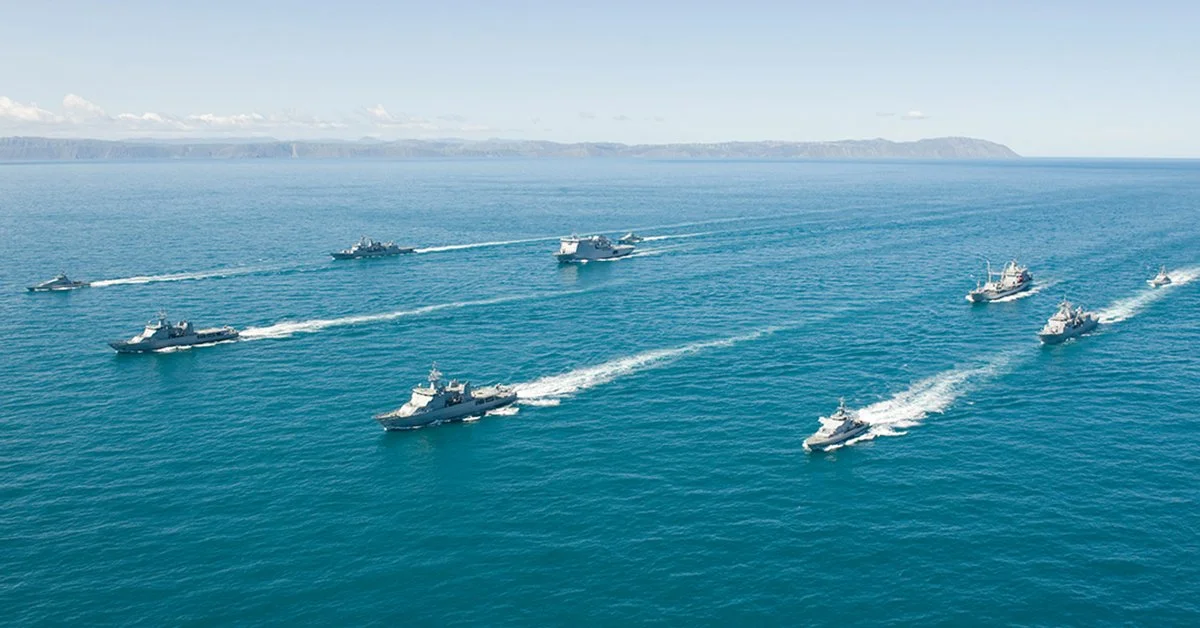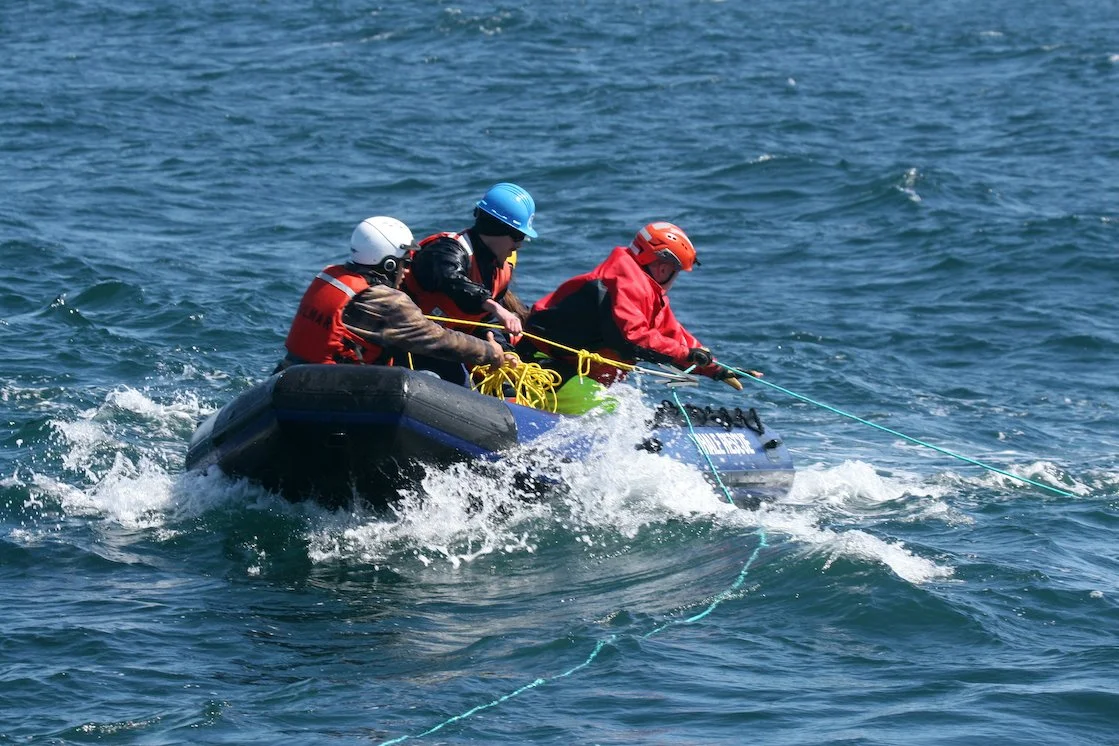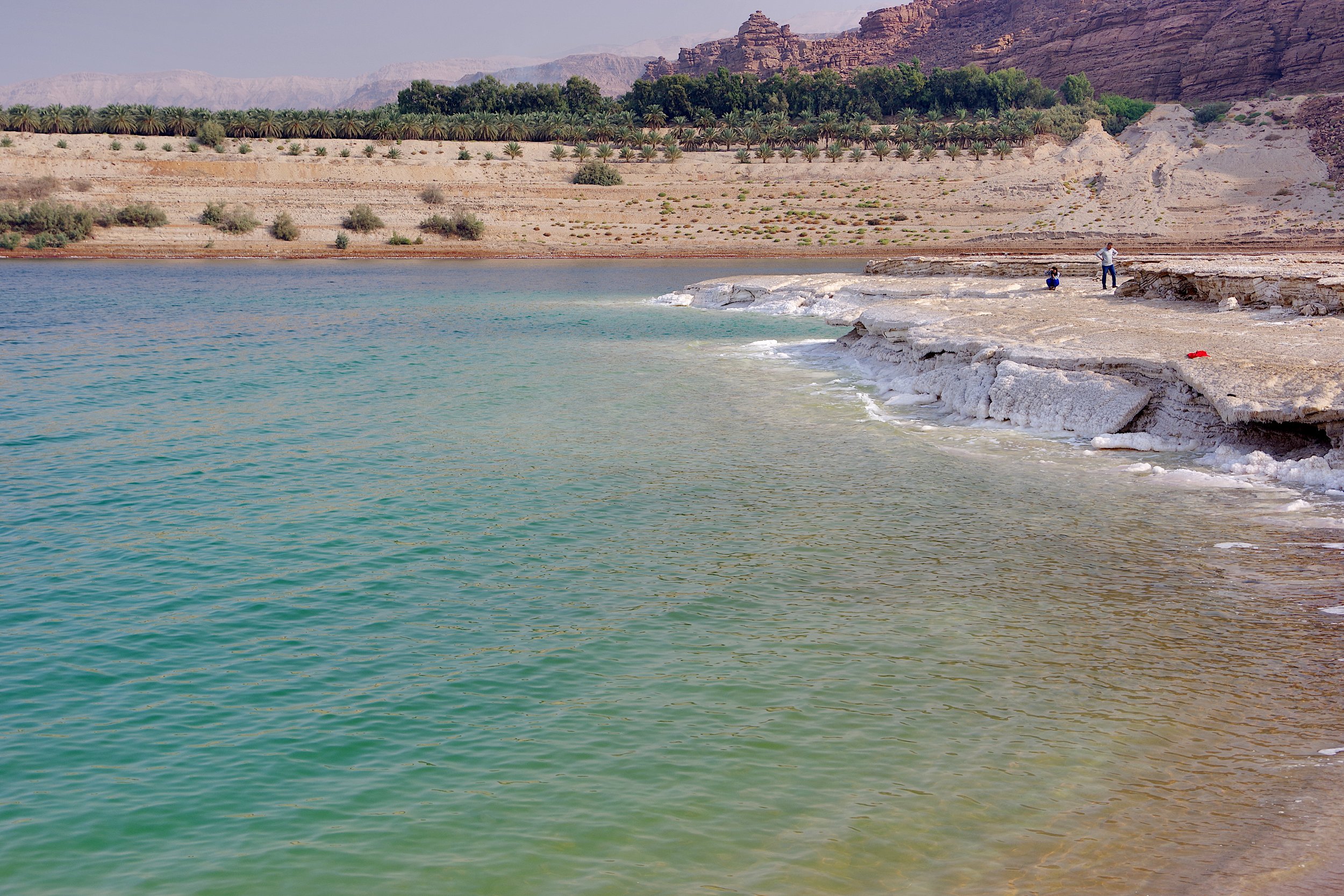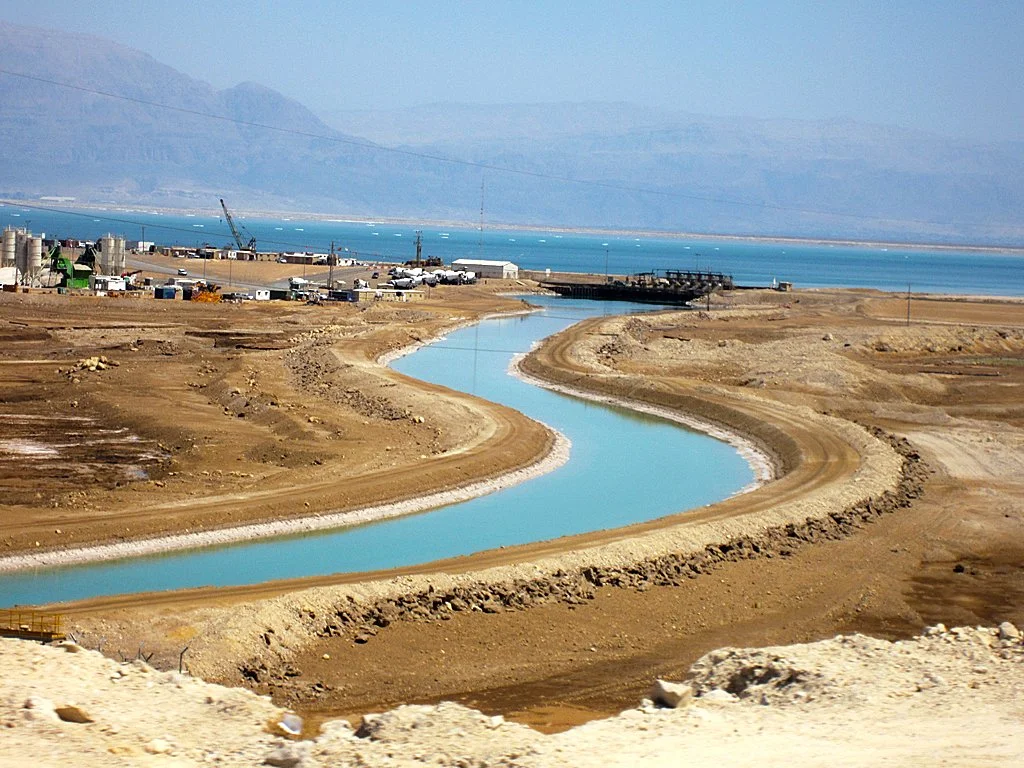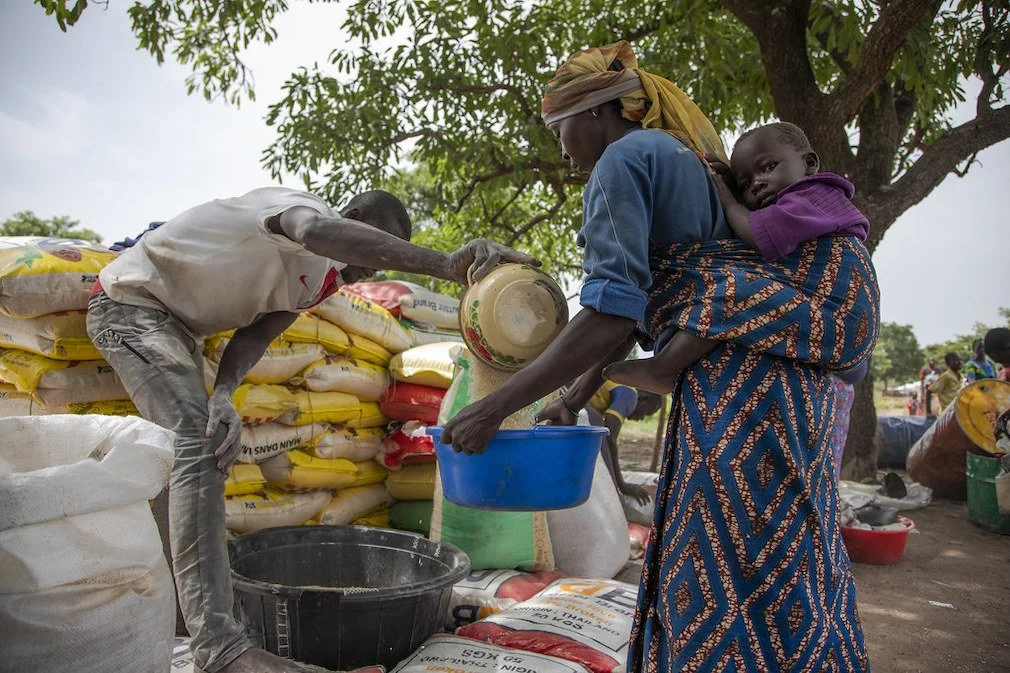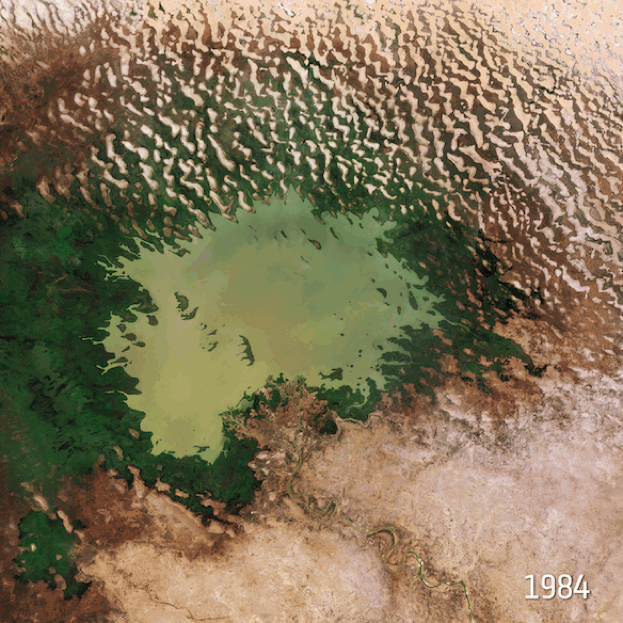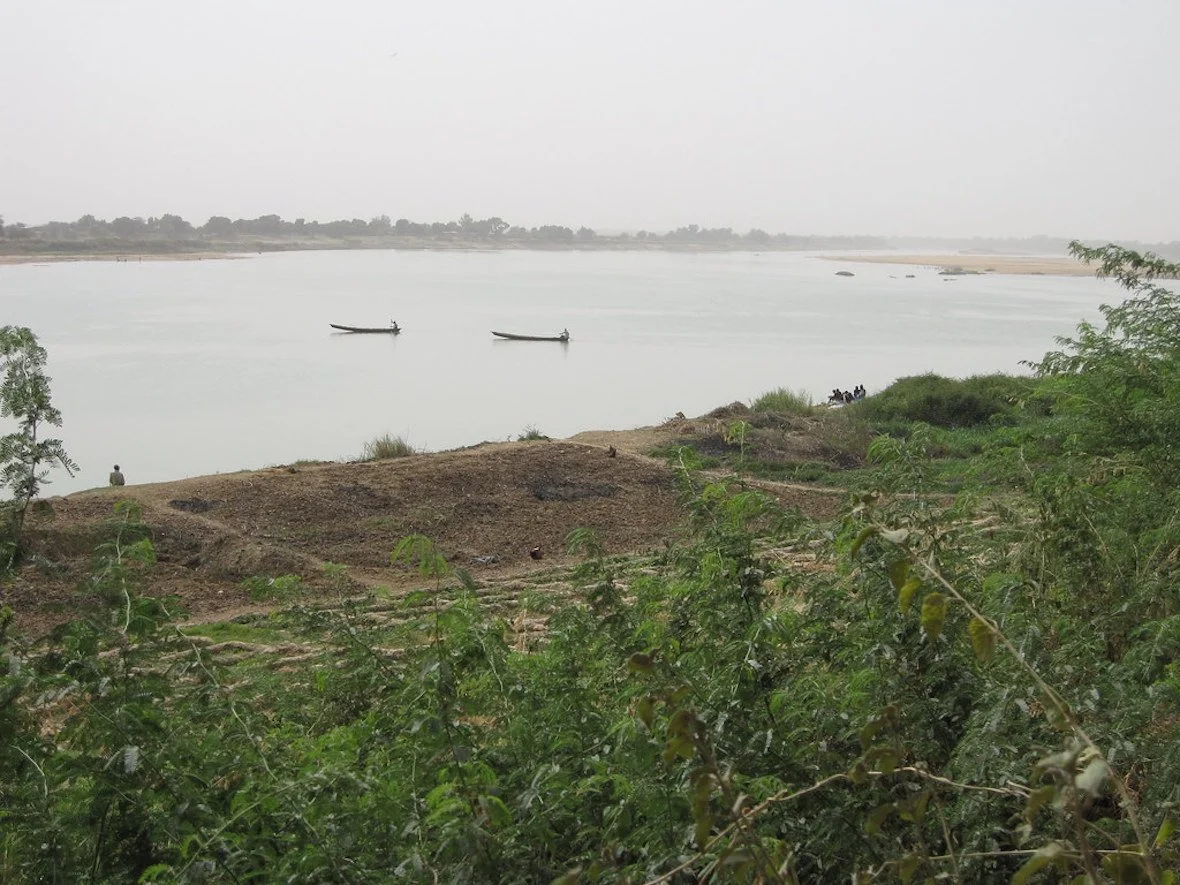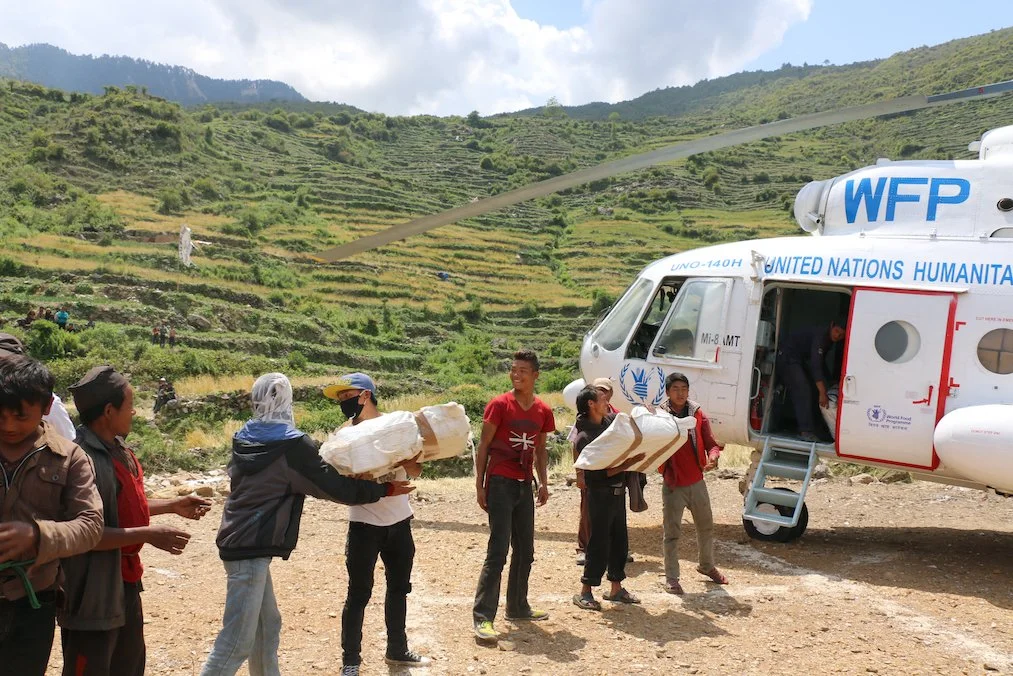As the 6th most vulnerable country to climate change, Afghanistan has faced intensified food insecurity following a disastrous series of floods throughout April and May 2024.
Flood relief efforts in Herat, Afghanistan. NATO Training Mission-Afghanistan. CC BY-SA 2.0
Over the past few months, hundreds in Afghanistan have died due to flooding. In April 2024, at least 70 people died from flash floods throughout Afghanistan. The floods and heavy rains have also destroyed several schools and mosques, in addition to more than 2,000 homes.
Throughout May 2024, over 1,000 houses were destroyed and more than 300 people died from floods in Afghanistan. The hardest-hit provinces include Badakhshan, Baghlan, Ghor and Herat.
On May 10th and 11th floods affected over 60,000 people. The floods destroyed about 500 houses throughout Afghanistan’s Baghlan and Badakhshan provinces with 16 deaths recorded as of May 27th, 2024. Of the 16 deaths, 10 were members of the same family.
The most recent series of floods on May 18th and May 19th, 2024 took the lives of over 100 people and destroyed nearly 1,500 homes. The death toll is expected to rise as search and rescue operations continue.
Because of climate change flooding has increased, and Afghanistan is not the only country facing destructive floods in May 2024. Over the last month, Afghanistan, East Africa and Brazil have been hit with flooding in the wake of torrential rains. Climate change contributes to increased rainfall and flooding because of hotter climates contributing to snow and ice melt and intensified weather fluctuations.
In Afghanistan, the high number of floods and casualties throughout the first half of 2024 followed a dry winter that left the ground unable to adequately absorb the abnormally high rainfall. Afghanistan’s average temperature has increased by about 1.8°C since 1950. Unusually warm temperatures have exacerbated the problem, as snow melts prematurely into the rivers.
Considering flooding is expected to increase throughout the coming months because of the erratic weather spurred by climate change, there is a need for more investments in infrastructure, specifically climate adaptation projects.
Organizations like the UN Development Programme and other UN agencies are dedicated to supporting Afghanistan in risk management, climate resilience and improved resource management.
GET INVOLVED
Emergency assistance is needed by the 38 million people throughout Afghanistan. As the floods have rendered many areas inaccessible by ground transportation, organizations such as the World Food Programme have resorted to using donkeys to transport food and supplies to those in need. To support relief efforts, donations can be made to organizations like the World Food Programme and the UN Refugee Agency.
Madison Paulus
Madison is a student at George Washington University studying international affairs, journalism, mass communication, and Arabic. Born and raised in Seattle, Washington, Madison grew up in a creative, open-minded environment. With passions for human rights and social justice, Madison uses her writing skills to educate and advocate. In the future, Madison hopes to pursue a career in science communication or travel journalism.

















